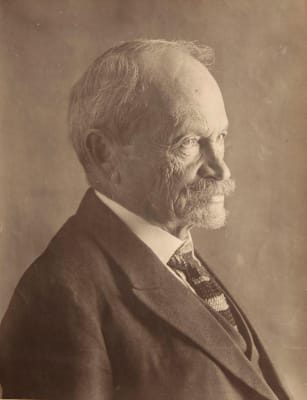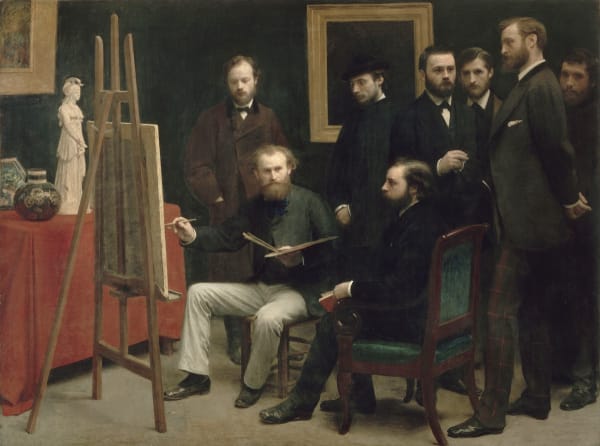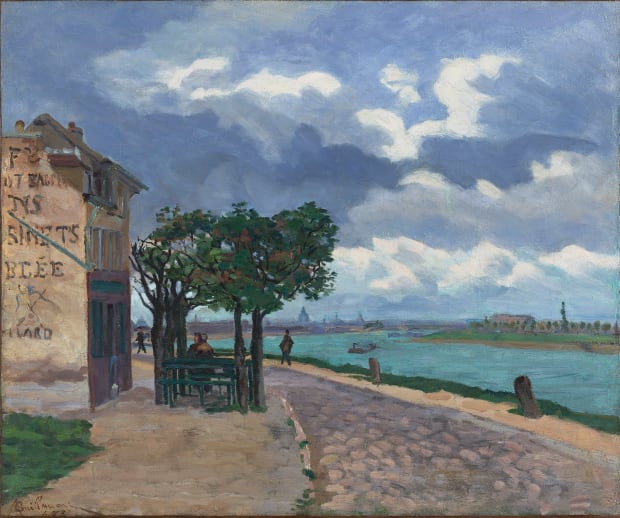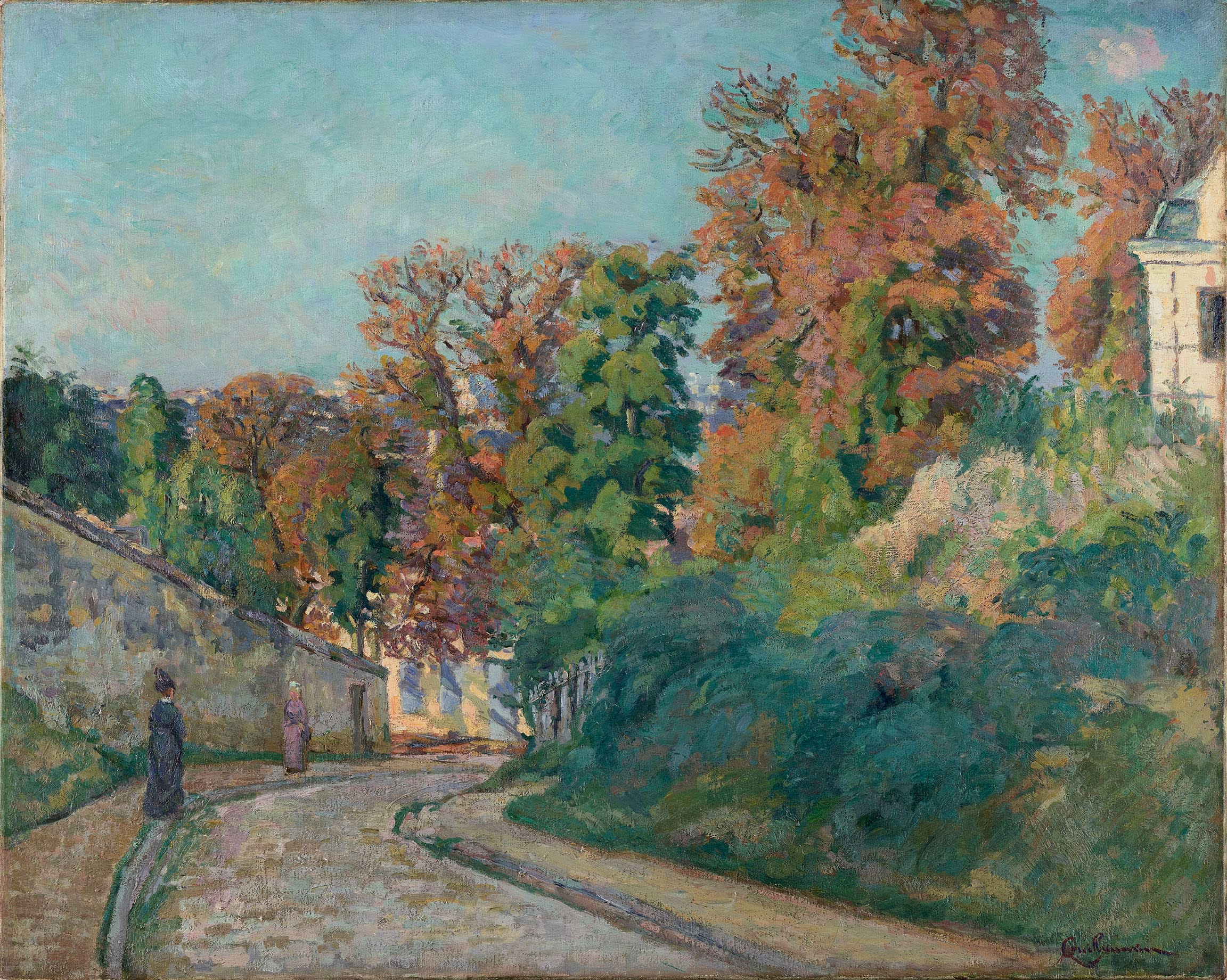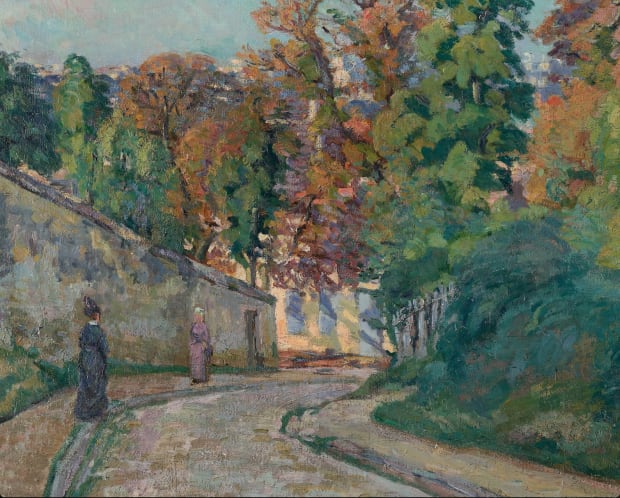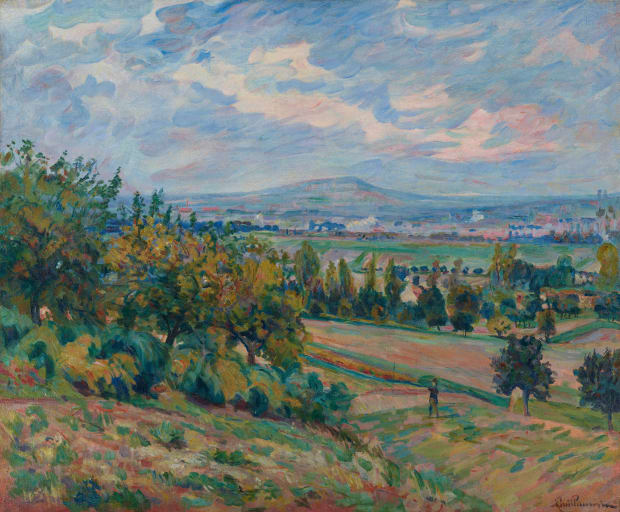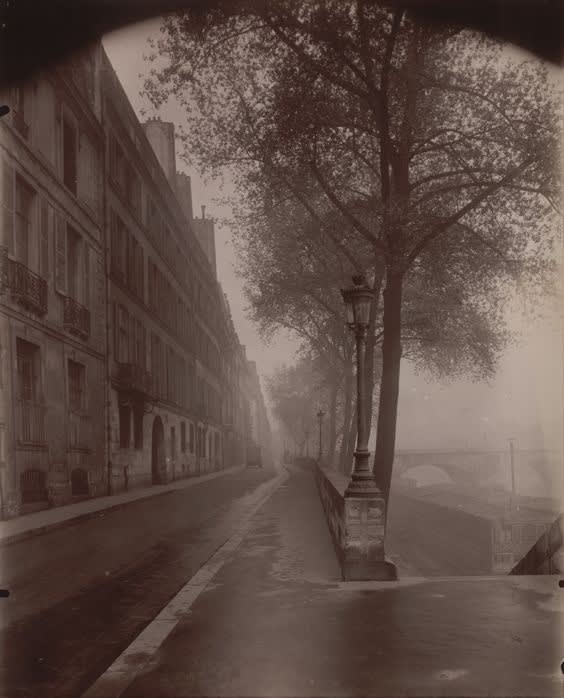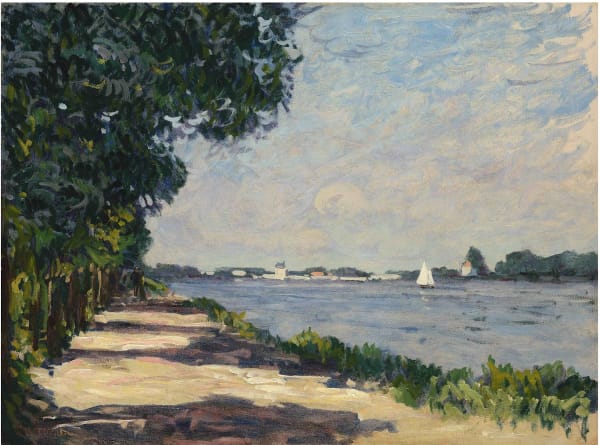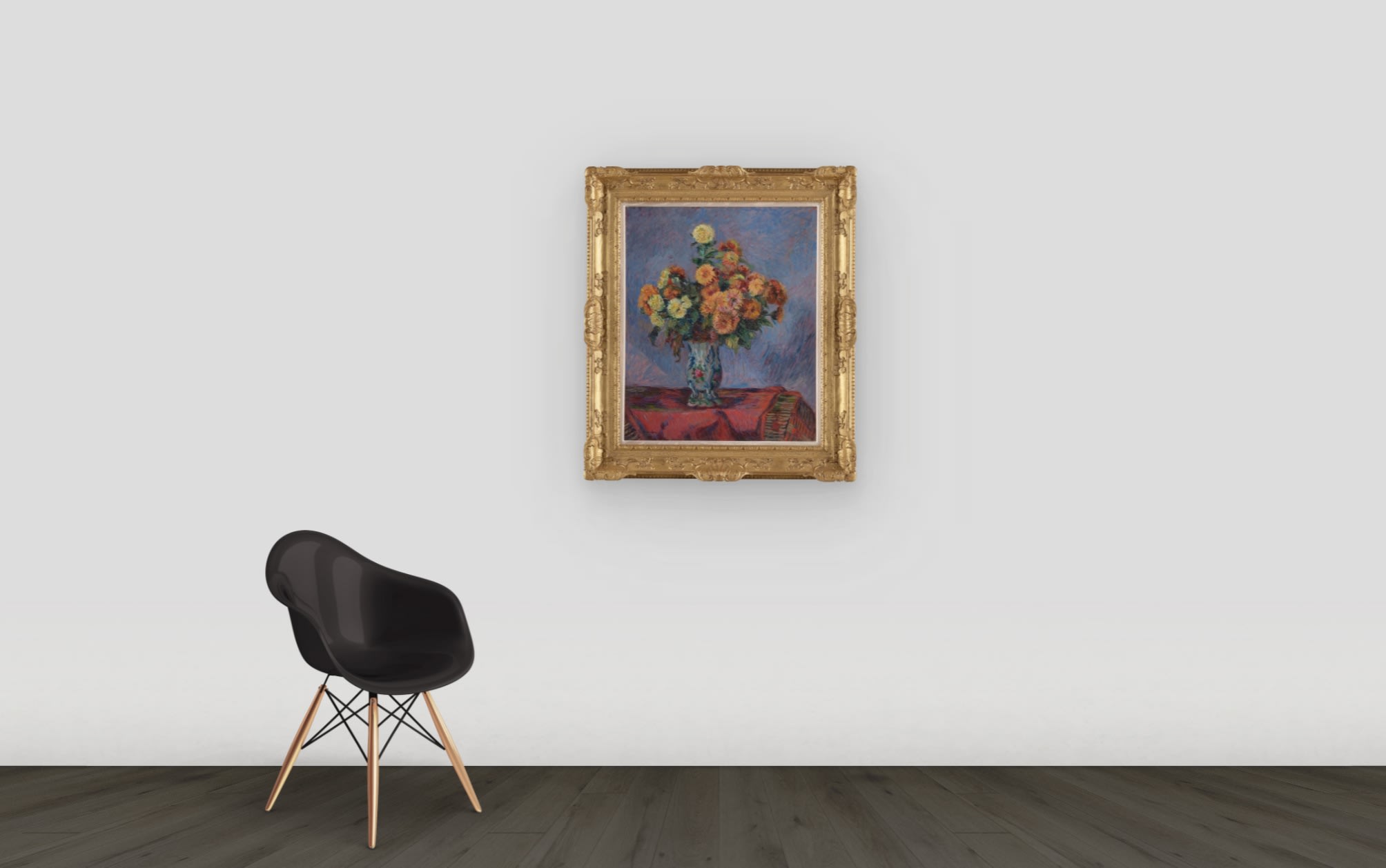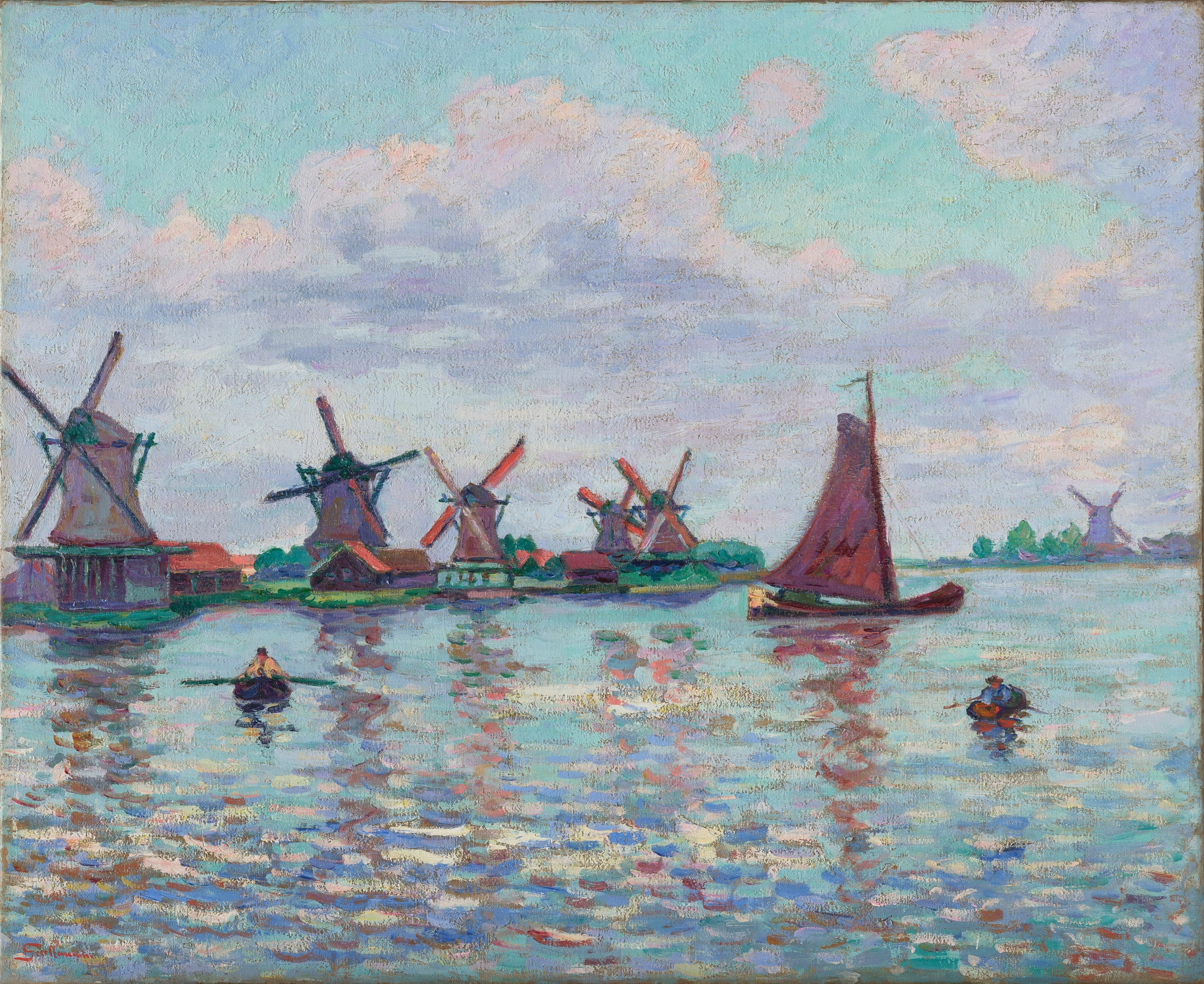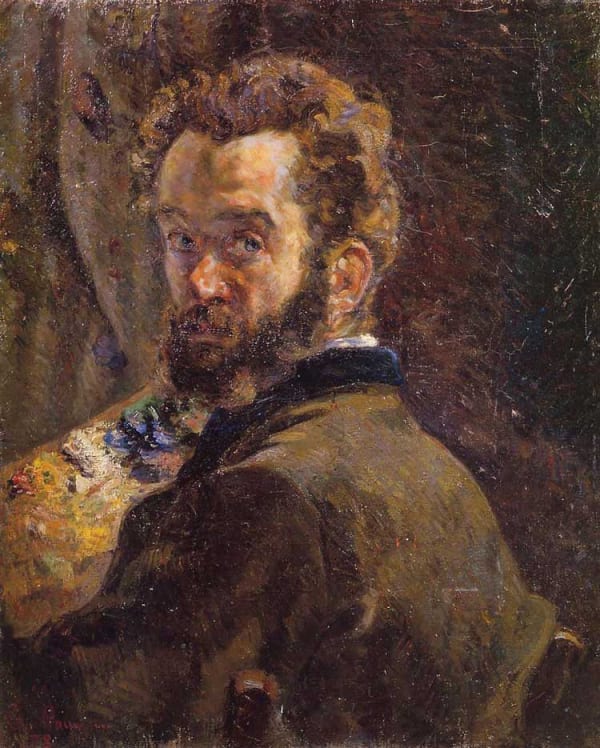Stoppenbach & Delestre is pleased to present a viewing room dedicated to the work of the Impressionist artist, Armand Guillaumin.
Guillaumin, who is widely regarded as an key member of the Impressionist group, exhibited alongside Camille Pissarro and Paul Cezanne during his lifetime - maintaining close friendships throughout their lives having attended the Académie Suisse as young men.
Guillaumin’s reputation was established by his participation in the influential 1863 Salon des Réfusés (French for the Exhibition of Rejects), which lauded artists who were initially rejected by the Academy - including Manet, Pissarro and Jongkind. Over the next 15 years, Guillaumin’s works were included in the majority of Impressionist exhibitions, solidifying his place within the Avant-Garde. First based in Paris, where he was initially employed by the company Pont et Chaussées before turning to painting full-time, Guillaumin dedicated his life to painting both urban and natural landscapes around the Ile de France region, including Ivry-sur-Seine, Louveciennes, and Hay-les-Roses and later on in the Creuse region.
Today, Guillaumin is celebrated for his intense and daring use of colour, a trait which came to define both the Impressionist and the later Fauve movements. His earlier works are characterised by precise and careful brushstrokes underpinning bold structural compositions, while his later works are admired for their luminous and bold use of colour. He remains a source of inspiration for a future generation of painters, having established his reputation amongst his contemporaries during his own lifetime.
Stoppenbach and Delestre is delighted to present a comprehensive view of the artist’s early works, including landscapes and still-lives - bringing to light the artist’s fundamental role within the Impressionist movement.
Armand Guillaumin’s works are currently held in international public and private collections, including the Art Institute of Chicago and Musée d'Orsay.
-
Impressionism
-

The exhibition of 'Société anonyme des Artistes, Peintres, Sculpteurs, Graveurs' is inaugurated the 15 April 1874 au 35, Boulevard des Capucines. It is commonly known as the 'First Impressionist' exhibition.
-

Catalogue of the third exhibition of 'Peinture' in 1877.
-
-
-

Henri-Fantin Latour
A Studio at Les Batignolles
1870
Oil on canvas
Courtesy Musée d'Orsay
-

Photographer Nadar's studio at 35 Boulevard des Capucines where the first 'Impressionist' exhibition took place in 1874.
-
-

-
It should be said, in homage to these men, that contempt, opprobrium, poverty, never led them to deviate at any time of their way. They held on with their so detested way of painting, without considering, even for one moment, to modify it in any way in order to be accepted of the public. They waited, during many years, all the time necessary for the public to come to them and that a change of opinion occurred, supported by their confidence in the principles and the value of their art [...]
Théodore Druet (1838-1927), History of the Impressionist painters, 1919, Ed.Floury, Paris
-

Armand Guillaumin
Promenade en Ile-de-France, c.1875Oil on canvas
65 x 81 cm
25 9/16 x 31 7/8 inches -

-

-

Sold by the gallery
-
-

Portrait of Pissarro by Armand Guillaumin
c.1868
Oil on Canvas
Courtesy RMN-Grand Palais (musée d'Orsay).
-

Photograph of the Quai d'Anjou in 1926 by Eugène Atget (1857-1927).
Armand Guillaumin had his studio at 13 Quai d'Anjou, which was the artist Charles-François Daubigny 's former studio.
Paul Cezanne's studio was at the 15 Quai d'Anjou until he left Paris for Aix-en-Provence.
Image Courtesy Museum of Modern Art, New York.
-

Catalogue of the Impressionist Exhibition at the Universal exhibition of 1900 by André Mellerio.
Armand Guillaumin exhibited one painting for the occasion.
-
-
-

Armand Guillaumin
Paris, le Pont Marie et le quai de l'Hotel de ville, c.1882
Oil on canvas
59.6 x 81 cm
23 1/2 x 32 7/8 inches
Signed lower left
Sold by the gallery.
-

Armand Guillaumin
Au bord de la Seine, Argenteuil, c.1885
Oil on canvas
54.3 x 73 cm
21 3/8 x 28 3/4 inches
Signed lower left 'Guillaumin'
Sold by the gallery.
-
-
Still Lives
-
Bouquets de fleurs sur une table, executed in the early 1900s, is a prime example of the open composition, bright palette, and visible brushwork that has come to define the Impressionist movement.
Here, Guillaumin’s deft and yet experimental use of colour incorporates warm, soft ultramarine blue strokes muddied with red to give an energetic backdrop. Luminous yellow and orange lines depict the blossoming flowers, supported by the cool, dark green of the stems. This grand bloom of colour is carefully juxtaposed with the more quietly rendered vase to emphasise the liveliness of the subject. Sharp, parallel hatchings depict the intricate pattern of the table cloth in the foreground, cleverly inverting the use of red and blue in the backdrop.
-

-
For yes, one must feel the wholeness of a country – isn’t that what distinguishes a Cézanne from something else. And Guillaumin whom you mention, he has so much style and a personal way of drawing. Anyway, I’ll do as I can.Now that most of the leaves have fallen the landscape looks more like the north, and then I really feel that if I went back to the north I would see it more clearly than before.Letter from Vincent van Gogh to Theo van Gogh, Saint-Rémy, c. 2 November 1889
-
Late Landscapes
-

Armand Guillaumin
Moulins en Hollande, c.1904Oil on canvas
60 x 72.8 cm
23 5/8 x 28 11/16 inches -
Here we are before the Guillaumins. Immense skies, overheated skies, where clouds push one another back and forth in a battle of greens, purples, mauves and yellows; others are set in twilight, where the huge amorphous mass of vaporous cloud pushes up from a low horizon swept by crosswinds. Under these weighty and sumptuous skies, huddle violet countrysides, painted with broad impasto, where laborers and grazing alternate. The trees cringe [...]
Félix Fénéon, "Les Impressionnistes," La Vogue, 13-20 June 1886, 261-275 from Ruth Berson, ed., The New Painting: Impressionism, 1874-1886 (San Francisco: Fine Arts Museums of San Francisco, 1996), I, 443
-
About the artist
